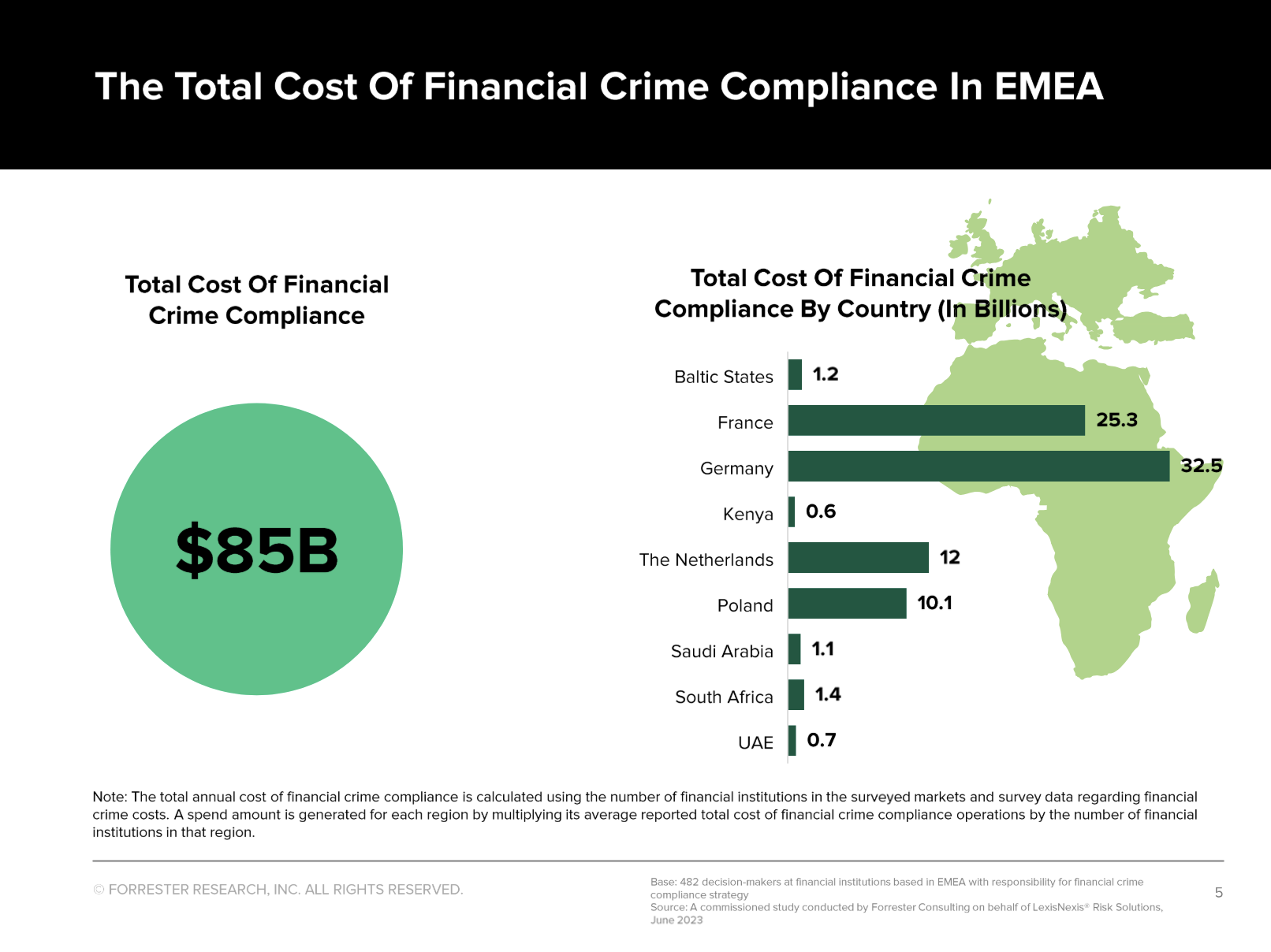Between November 2011 and January 2012 mostly left-wing politicians and trade unions wanted the EUR/CHF floor to be risen to 1.30 or 1.40 and uttered their wishes regularly in the Swiss newspapers, triggering many FX traders to speculate on this hike. Recently these demands have become more silent even if some UBS analysts still see the floor to be raised despite of recent good Swiss economic data.
Before the SNB meeting on March 15th at 8.30 GMT some FX traders speculate again on a rise of the floor, raising the EUR/CHF up to 1.2150 on March 14th. This speculation has been enhanced by a recent strong fall in gold, to which the Swissie is correlated by macro algorithms, when good US retail sales numbers and the final go for the second greek bailout package had come. The rate cut of the Norwegian Central Bank from 1.75% to 1.50% in order to stop the ascent of the NOK lead other algorithms trigger the fall of the NOK-correlated SEK and CHF against the Euro.
With the retreat of former Hedge Fund manager Hildebrand, who risked and lost his jobs doing insider trading, the remaining SNB council members are mostly academics and rather typical “Swiss”. A typical Swiss has a character attitude that prefers to avoid risk, visible especially in the delivery of by Swiss law secret banking data to the United States. The Swiss mentality rather seeks compromises with the market (or the US) instead of challenging them. After markets drove the EUR/CHF down to parity, an SNB chairman Jordan instead the risk-loving Hildebrand would have set the floor at 1.10 or 1.15 or would have even avoided a floor.
Moreover, the SNB was subject to many critical voices from the media and the right-wing party People’s Party (SVP), especially when the central bank lost the fight against markets in 2010 and recorded a record loss of 21 billion. Further critics came from the OECD that fears that other countries might mimic the Swiss step in order to protect their economies.
The rise of the floor was announced at an ad-hoc meeting in September last year, not at a regular meeting, like the one on March 15. A lift of the floor would have been announced when there were certain reasons, e.g. continuing Swiss deflation and bad data, but not during times of rising inflation (+0.8% MoM producer vs. +0.3% MoM consumer prices) and good economic data .
Many banks sold structured products to their clients which are based on the floor of 1.20. They will be very happy when the floor gets broken, because many of their clients will loose money. Goldman Sachs is the typical bank with these practices. In December 2011 Goldman announced to their clients a EUR/CHF of 1.40 to happen in 2012.
Here you can see why the EUR/CHF might never rise over a level of around 1.22 or maybe 1.23 again.
Short EUR/CHF: how and when to trade it ?
The trade idea to wait that uninformed FX traders have risen the EUR/CHF to a certain level on pure speculation.
Small FX traders are especially important during the Asian session and in the early European session, when low liquidity reigns, whereas the American session are mostly determined by the macro algorithms and interests of the big players, like Hedge Funds and big American banks. The early EUR/CHF high of 1.2150 on March 14th has been tamed by the better informed big players.
The best point in time to short EUR/CHF is therefore tomorrow after the Asian session or shortly before the SNB meeting. Asian FX traders will have bet on a hike of the floor and risen EUR/CHF up to 1.2150. Hence short EUR/CHF in the range from 1.2100 upwards.
Take profit on 1.2080, which is the currently correct level according to macro algorithms or sell directly when the SNB meeting outcome becomes clear.
Tags: Bailout,Deflation,floor,franc,Gold,IFO,Jordan,peg,Schweiz,SEK,Swiss National Bank,Switzerland,UBS



























